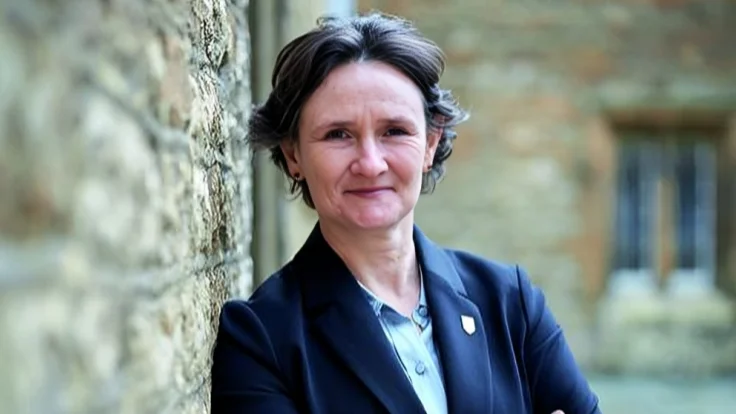Researchers from the University of Oxford have identified early social behaviors in great tits that can predict whether pairs will separate before the next breeding season. The study focused on monogamous birds, where mate choice plays a key role in reproductive success. While previous research has examined why some bird pairs remain together and others split, little was known about how social interactions outside the breeding season might signal a future breakup.
The team used data from the Wytham Woods great tit project, an extensive long-term study of wild bird populations running for over 75 years. This allowed them to gather detailed information on individual birds’ interactions during winter using RFID-tagged feeders that automatically recorded which birds visited and when.
Lead researcher Adelaide Daisy Abraham from Oxford’s Department of Biology explained, “Our results show that bird relationships are far from static. We found a clear behavioural signature in the winter months that can forecast a pair’s likelihood of divorcing by spring. Divorce appears to be a socially driven process, unfolding over time.”
Key findings indicate that pairs which later separated spent less time together during winter compared to those who stayed together. Faithful pairs grew closer over time, while those heading for separation became more distant and were less likely to visit feeders together.
Professor Ben Sheldon, head of the Wytham study at Oxford’s Department of Biology, said: “This work is an important step towards uncovering the social mechanics behind pair bonding and fidelity in the wild. Our study has revealed that it is possible to use behavioural dynamics in wild animal pairs to predict future social states, such as divorce.”
Senior author Dr Josh Firth from the University of Leeds added: “Following these individual birds across seasons and over many years allows us to see how relationships form and break down in nature in a way that short-term studies wouldn't. Going forward, carrying out new experiments in the wild will provide even more opportunities to really understand the fine-scale dynamics of bonding and separation in natural settings.”
The full findings are published under the title ‘Timing and social dynamics of divorce in wild great tits: a phenomenological approach’ in Proceedings of the Royal Society B.

